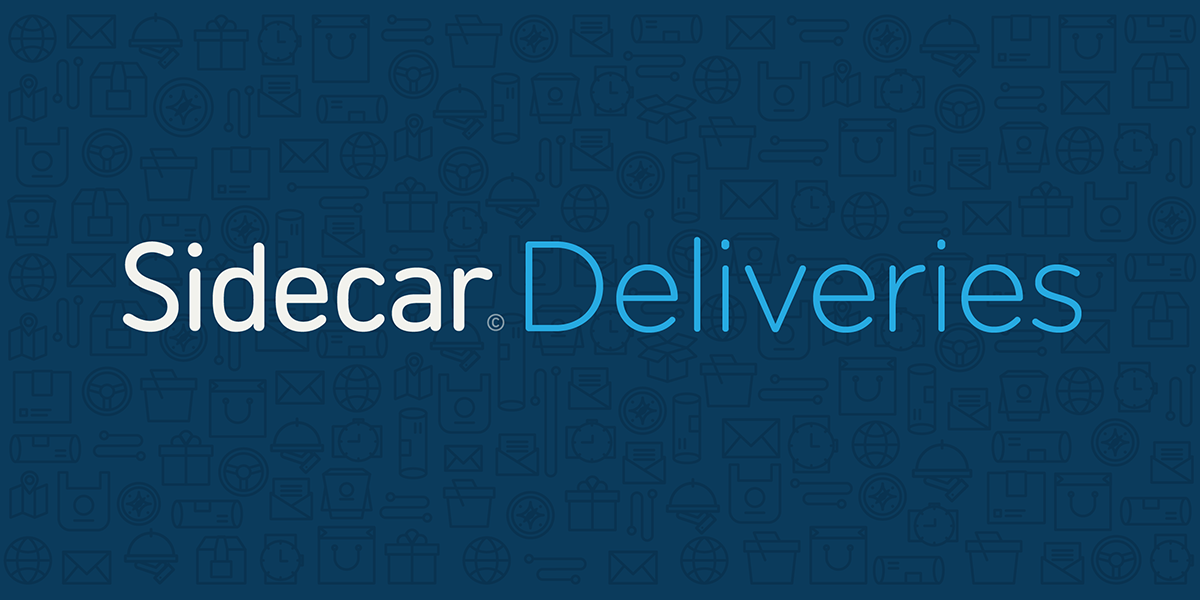
Cheap deliveries will drive impulse buys and new revenues: or at least, that’s the hope of a number of new local commerce players. Uber and Sidecar — high profile on demand leaders — have seized on the strategic value of delivery (along with Google, Amazon, Groupon, WalMart, PostMates and specialized delivery players such as GrubHub and Driz.ly).
During the process of raising hundreds of millions of dollars, they’ve positioned themselves as local commerce players that enhance their freelance taxi origins. As Sidecar put it this spring, delivery represents “a passenger in the trunk” that can help drivers stay busy during idle periods – and one that it expected to account for 50 percent of its revenues by the end of 2015.
Uber has now rolled out Uber Eats, an update on its Uber Fresh program – in itself part of a broad extension effort called Uber Everything. Uber Eats is available in six markets: San Francisco, Los Angeles, New York, Chicago, Barcelona and Toronto. The idea of the $3, no tip deliveries is to scale/batch service from the most popular eateries and defeat long lines with 10 minute delivery service. Uber Essentials, an earlier effort to deliver small household products like toothpaste and aspirin, was discontinued in January 2015.
Sidecar, meanwhile, goes so far as to say it is now “deliveries first.” And after just seven months, it also told Geekwire that it has become the “largest B2B network in the U.S.” It is also working around some of the built-in inefficiencies of delivery , including complicated pickups, traffic, driver parking and the ability to batch orders. In fact, it has now added walkers, bicycle couriers and scooters to its regular driver network. According to the Sidecar blog, its walkers have been able to decrease pickup times by 75 percent.
So — is this really going to work? Or are these companies just dressing up their S1s as they prepare their public offerings? It may in fact be going well. And the no tip delivery charge is a good deal for consumers. But one Uber driver complained to me that there is almost no way drivers can make any real money with the low delivery charge. The only time that drivers ever really make money is during surge pricing. And no system is in place to assure that the food is hot ( or that the food doesn’t smell up the car). One customer who got a cold plate was really angry at Uber and took it out on the driver. Obviously, there are some kinks to iron out.

This Post Has 0 Comments